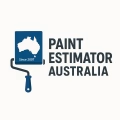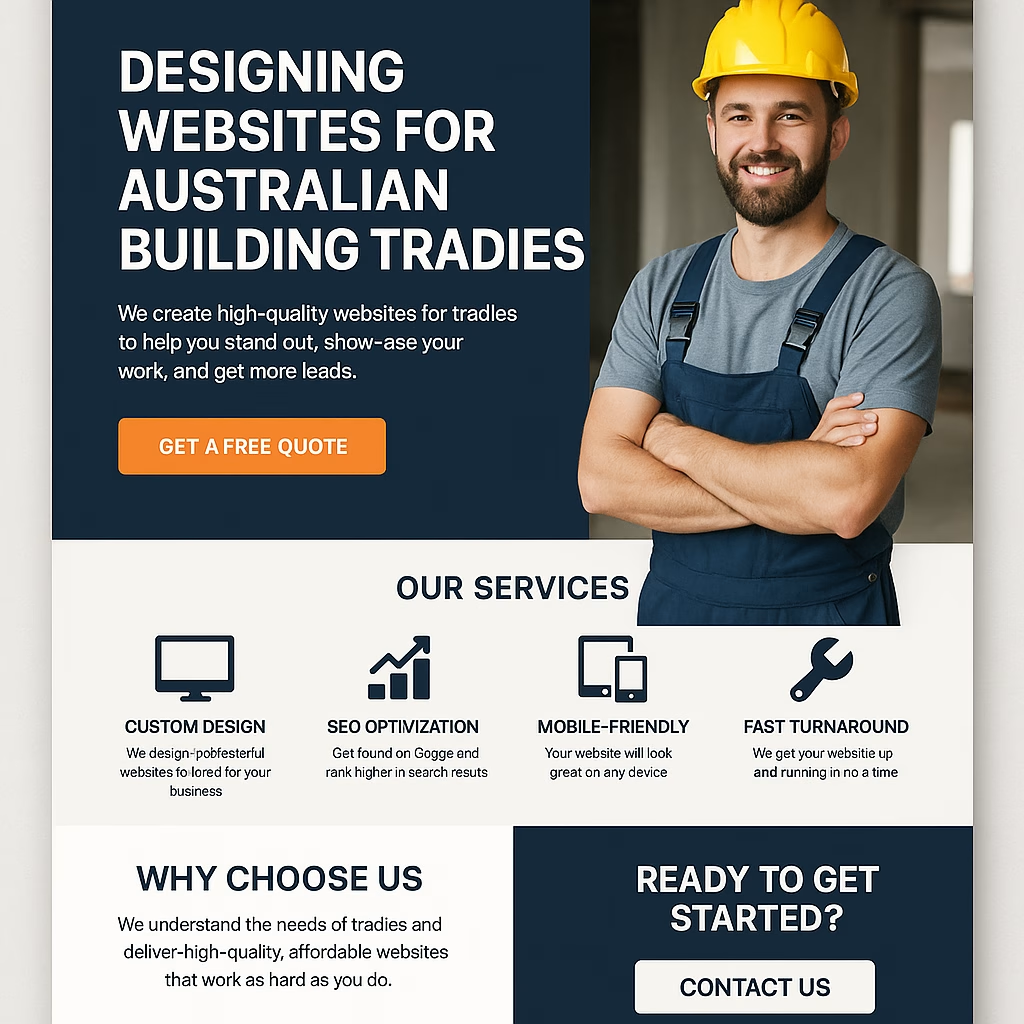Introduction:
Estimating for external render painting and restoration projects in the Australian mining industry presents unique challenges. Beyond the sheer scale of these projects, the specialised nature of the work and the remote locations of many mining facilities can significantly impact the accuracy of estimates.
To deliver competitive and profitable quotes, painting contractors must carefully consider a range of factors. From assessing the condition of existing surfaces and factoring in access challenges to pricing specialised labour, a detailed approach to estimating is essential.
This article will explore the key considerations for painting contractors estimating external render painting and restoration projects in the mining industry, with a focus on Waratah, Australia. We will also discuss how to factor in subcontractor costs for specialised work, ensuring a comprehensive and precise estimate.
Key Considerations for External Render Painting and Restoration:
When estimating for external render painting and restoration, it's crucial to go beyond simply calculating the surface area to be painted. The condition of the existing render or cladding is a critical factor. Assessing whether the surface requires repairs, filling, or priming will impact the quantity and type of materials needed, as well as the labour hours involved.
Access to the work site is another important consideration. Mining facilities often present unique challenges, such as working at height or in confined spaces. These factors can influence the methods and equipment required, impacting the overall cost. Additionally, the preparation of surfaces, including pressure cleaning, sanding, or the application of sealers, should be accounted for in both time and material estimates.
Pricing External Render Painting and Restoration Projects:
Accurate pricing is critical to the success of any painting project. When pricing external render painting and restoration, it's important to break down the project into distinct components: labour, materials, equipment, and overheads.
Labour costs will depend on the skill level required for the task and the prevailing rates in the region. Materials should be priced based on the specific products and quantities needed, taking into account wastage and the potential for multiple coats. Equipment costs may include scaffolding, boom lifts, or specialist application tools. Overheads encompass items such as insurance, site supervision, and waste disposal.
Factor in Subcontractor Costs for Specialised Work:
In the mining industry, it is not uncommon to require specialised skills or certifications for certain tasks. When this arises, it may be necessary to engage subcontractors who possess the requisite expertise. To factor in subcontractor costs accurately, follow these steps:
- Identify the specialised tasks: Review the project scope and identify any tasks that fall outside the scope of your regular painting services. This could include lead paint removal, abrasive blasting, or heritage restoration work.
- Obtain quotes from specialised subcontractors: Research and contact reputable subcontractors who possess the necessary qualifications and experience. Request quotes for the identified specialised tasks, ensuring you provide them with detailed scope documents and specifications.
- Assess the quotes: Evaluate the quotes received, considering the subcontractor's expertise, proposed methodology, and pricing. Ensure you understand the inclusions and exclusions of their quote to avoid unforeseen costs later.
- Build a collaborative relationship: Once you've selected a subcontractor, foster a collaborative relationship. Communicate regularly, clarify expectations, and ensure they understand the project timelines and specific site requirements, especially if the mining facility presents unique challenges or is located in a remote area.
- Include a buffer: When factoring subcontractor costs into your overall estimate, it's prudent to include a small buffer to account for potential fluctuations in their pricing or scope changes that may occur during the project.
FAQs:
How do I determine the condition of the existing render?
Assessing the condition of the existing render involves a thorough onsite inspection. Look for signs of deterioration, such as cracks, flaking, or water damage. Take note of any areas that require repair or replacement and consider the impact on material and labour costs. It may be necessary to engage a specialist to advise on complex rendering issues.
What factors influence the choice of paint system?
The choice of paint system depends on several factors, including the substrate, environmental conditions, and performance requirements. Consider the substrate's porosity and alkalinity, as well as the climate and potential exposure to chemicals or pollutants. Consult with paint manufacturers and industry experts to select a suitable system that adheres to mining industry standards and offers durability and long-term protection.
How do I price for access equipment?
Pricing for access equipment can vary significantly depending on the type and duration of use. When estimating, consider the specific requirements of the project and the mining facility's unique characteristics. Obtain quotes from equipment hire companies for scaffolding, boom lifts, or other specialised access solutions. Ensure you understand the costs associated with setup, dismantling, and relocation of equipment, as well as any site-specific safety requirements.
What are some common challenges when painting in the mining industry?
Painting in the mining industry presents several unique challenges. Remote locations can impact the availability and cost of labour and materials. Adverse weather conditions, such as extreme heat or dust, may affect the application and curing of paints. Additionally, the scale and complexity of mining infrastructure demand precise planning and efficient project management to ensure timely completion.
How do I manage project variations and change orders?
Project variations and change orders are common in any construction or restoration project. It's important to have clear processes in place to manage these effectively. Communicate regularly with the client and site supervisors to identify potential variations early on. Document all changes, their impact on costs and timelines, and obtain the necessary approvals before proceeding. Maintain a transparent paper trail to support any variations in your progress claims and final invoice.
Key Information:
| Consideration | Details |
| ————————- | ———————————————————————– |
|---|---|
| Location | Waratah, Australia |
| Typical Surface Conditions | Rendered walls, concrete surfaces, metal cladding, and heritage features |
| Common Challenges | Access, specialised skills, remote location, adverse weather |
| Key Pricing Factors | Labour rates, material costs, access equipment, surface preparation |
| Subcontractor Specialities | Lead paint removal, abrasive blasting, heritage restoration |
| Project Management | Clear scope definition, timely variations management, site supervision |
| Waste Management | Disposal of hazardous materials, site cleanliness, environmental impact |
| Safety Considerations | Working at heights, confined spaces, respiratory protection |
| Industry Standards | Adherence to mining industry safety and environmental regulations |
| Project Type | External render painting and restoration for mining facilities | | Location | Waratah, Australia | | Typical Surface Conditions | Rendered walls, concrete surfaces, metal cladding, and heritage features | | Common Challenges | Access, specialised skills, remote location, adverse weather | | Key Pricing Factors | Labour rates, material costs, access equipment, surface preparation | | Subcontractor Specialities | Lead paint removal, abrasive blasting, heritage restoration | | Project Management | Clear scope definition, timely variations management, site supervision | | Waste Management | Disposal of hazardous materials, site cleanliness, environmental impact | | Safety Considerations | Working at heights, confined spaces, respiratory protection | | Industry Standards | Adherence to mining industry safety and environmental regulations |
Estimating external render painting and restoration projects in the mining industry requires a detailed and adaptive approach. By carefully considering the unique challenges and specialised requirements, painting contractors can deliver accurate and competitive quotes. Understanding the dynamics of mining facilities and engaging the right subcontractors ensures a seamless and profitable project execution.
For tailored advice and support with your next external render painting and restoration estimate, consider engaging the services of a professional painting estimator. Their expertise will ensure no detail is overlooked, giving you confidence in your quote and enhancing your chances of project success.
These articles are drafted with AI assistance and should be considered general information not professional advice.



